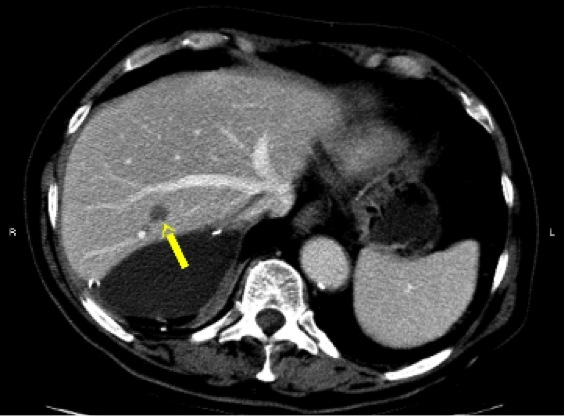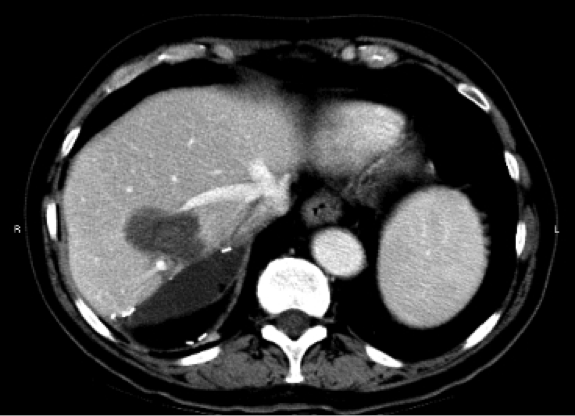
WHAT TYPE OF TUMORS CAN BE TREATED?
Radiofrequency, Microwave, and Cryoablation have been mainly used to treat liver tumors. This includes tumors that originate in the liver, such as hepatocellular carcinoma and tumors that originate in another organ but then spread or metastasize to the liver. These procedures have also been proven to be effective in treating tumors of the kidneys and lungs, when surgery is not appropriate. There is also some limited experience in treating tumors in the adrenal gland, certain lymph nodes and painful bone lesions.

HOW EFFECTIVE IS THIS FORM OF TREATMENT?
With ablation therapy being a relatively new procedure, most of the long-term data comes from the treatment of liver tumors. For example, in patients with tumor(s) isolated to their liver (i.e. there are no other tumors outside the liver such as in the lungs, lymph nodes, colon, etc.), improvements in survival have been noted. About a third of tumors demonstrate local recurrence at the prior ablation site but these areas can usually be ablated again. Tumors that are adjacent to a major blood vessel often recur locally since the blood vessel itself draws heat away from the area during the treatment, the so-called “heat sink phenomenon.” As a result tumor cells that are next to the blood vessel cannot get hot or cold enough to achieve cell death. The heat-sink phenomenon is less of a problem with Microwave ablation compared to Radiofrequency ablation.